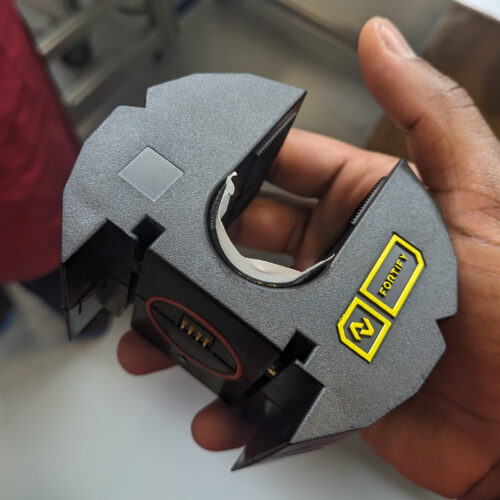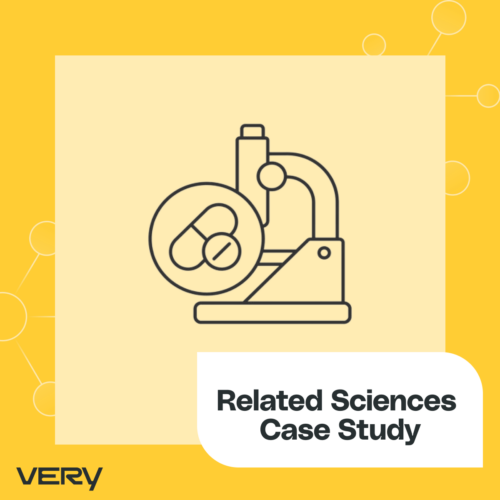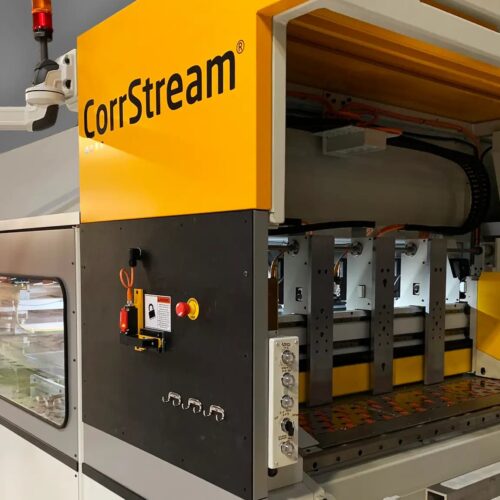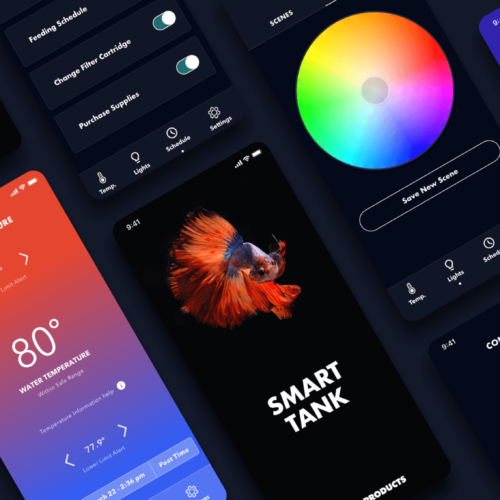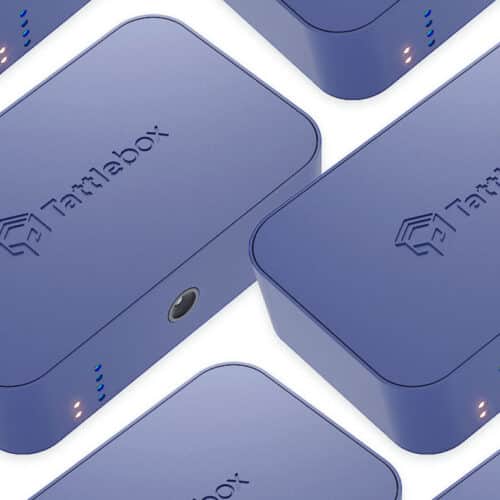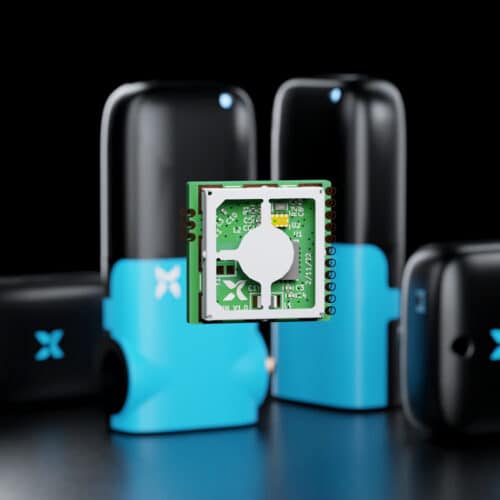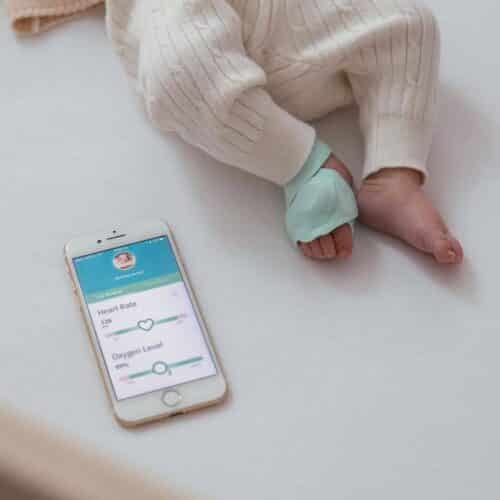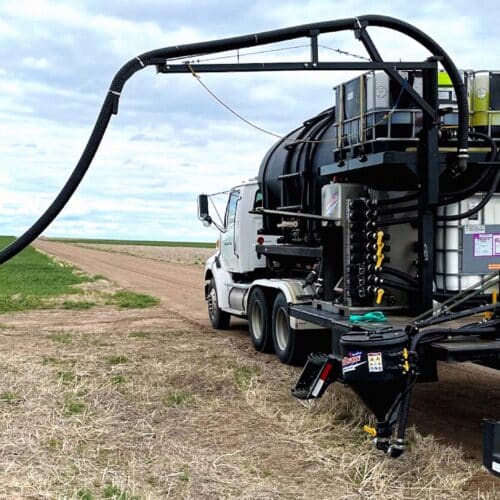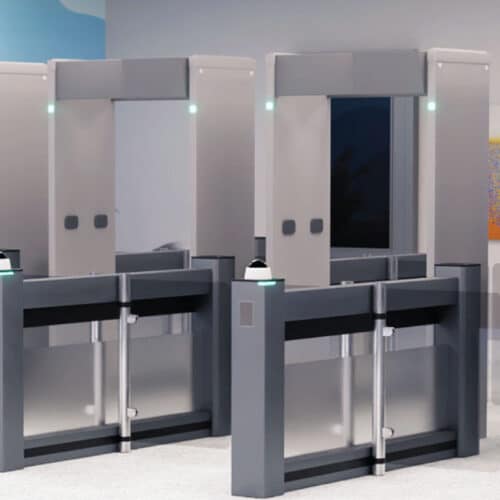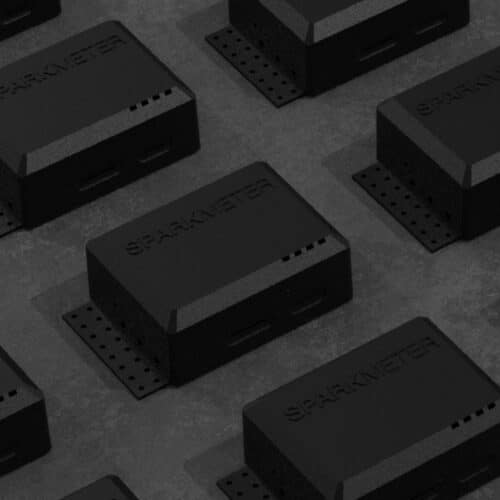Hayward OmniLogic: IoT App Development for Smart Pool Care
Hayward partnered with Very to design and build an app that controls the ultimate backyard experience from the palm of your hand with Android or iOS.
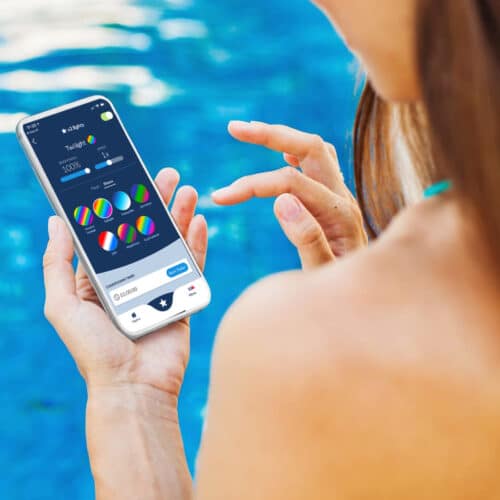

Hayward Pool Products
The United States' most recognized and trusted brand of pool equipment
IoT Solutions
Software Engineering, Mobile App Development, Product Design
Project Timeline
9 Months (Omnilogic App); 22 Weeks (Apple Watch)
Tech Stack
React Native, Swift (Apple Watch)
Results
| 4.6-star rating in Google Play and App Store | | | 93% of Omni-enabled devices connected | | | Easy equipment control | | | Improved customer feedback |
Introduction
For nearly a century, Hayward® has been working to make their customers’ pool experiences worry-and-hassle-free. The company engineers a complete line of technologically advanced pumps, filters, heaters, heat pumps, automatic pool cleaners, lighting, controls, and salt chlorine generators – designed to work together efficiently and require little maintenance. Because of its focus on building exceptional products, Hayward built one of the largest global installed bases and became the industry’s most recognized and trusted brand in the United States.
With a long history of innovation, Hayward likes to lead from the front. It creates pool products with a lot of features and flexibility. Pool owners love the ability to customize, configure, and monitor their pool sites from tablets and phones. The product team at Hayward wanted to make it easier for less experienced owners to precisely control their pool environments, so they engaged Very to make this possible, with stunning results.

Project 1:
THE HAYWARD OMNILOGIC APP
The Need: Improved UX & Faster Time to Market
When Hayward approached Very for this IoT project, roughly 80% of users were on iOS, and the remaining 20% were using Android. The apps contained all the necessary functionality, but inexperienced users found the apps challenging to navigate. Low ratings revealed the latent customer frustration this challenge created. If left unchecked, this could do damage to the brand, making customers and installers less likely to buy or recommend Hayward products in the future.
Meanwhile, supporting multiple apps required Hayward to maintain multiple codebases. That meant increased technical complexity, divergent feature sets, and increased development costs.
Hayward cares deeply about its customers’ needs. The Hayward product team regularly seeks feedback from customers and installers, so they knew that investing in user experience would increase customer engagement with the Hayward brand. To improve the customer experience, Hayward took an analytical look into how its customers – especially new and inexperienced pool owners – used the applications. The results galvanized Hayward’s internal decision to redesign the OmniLogic app.
To improve the customer experience, Hayward needed a new application that:
- Provided an intuitive experience for new pool owners
- Enabled fast access to the most used features
- Presented more information with fewer taps
- Looked well-designed and felt “calming” to use
- Created a flexible foundation for future improvements

The Process: Design and Build the Future of Smart Pool Control
Hayward faced a difficult challenge that required multidisciplinary teams with deep expertise in user experience design, application development, and Hayward’s specific API implementation. They needed a way to assemble this team of internal and external experts to increase customer engagement and establish the groundwork for increased future revenue.
The Process:
| Team of multi-disciplinary internal experts | = | Increased Customer Engagament | & | Increased Future Revenue |
The Very model places senior engineers and designers on projects from the beginning. We find this leads to deeper trust, better scoping, and faster problem-solving. By engaging senior talent from the start, Very and Hayward developed lots of mutual empathy and understanding early in the process. Because of this foundation, problem-solving became a team event rather than a competition.
I’m most proud of our communication. There was a lot of empathy and trust in both directions. We strive for an ‘everyone is part of the same team’ type of mentality.”
Benjamin Wald
Founder, Very
Very’s senior designers reviewed the initial research results to improve the design and usability of the OmniLogic app.
The User Experience (UX) audit found room for improvement:
- Navigation
- Scheduling Functionality
- Design Component UX
- User Interface Design
Establish a Foundational Design Language
The Very design team faced a serious challenge. Because of the amount of customization that Hayward offers, pool configurations can vary widely between installations. Setups can range from only a couple of devices to dozens across multiple sites. Few applications need to pack in this much information and control. Very’s goal was to make the application no more complex than it needs to be.

Starting with the limited wireframes and static designs from the UX audit, Very Senior Product Designers, Scott Veltkamp and Debbie Diaz, built a foundational design library for Hayward’s apps. The designers refreshed the navigation to make it simple to set up, understand, and use.
They reduced the number of taps between screens and surfaced the essential elements to minimize confusion and create an intuitive customer experience.
The Very designers reworked the core components to scale from a single pump up to an elaborate installation with lights, heaters, and multiple fountains. Under their guidance, Very designed the application to handle a large variety of practical, real-world uses.

Very took that rough user interface guidance and turned it into an app that made sense.”
Greg Fournier
Sr. Global Product Manager, Hayward
Based on this foundational design work, the team developed a product roadmap to implement the changes in an entirely new codebase.
Build a Unified Codebase with React Native
Very’s technical audit of the Omni Platform and codebases identified another opportunity: Hayward could migrate the three separate codebases for iPhone, iPad, and Android into a single shared codebase using React Native. The development team chose React Native because its cross-platform capabilities would make managing and updating the apps easier for Hayward on an ongoing basis. The Very development team centralized the business rules in a single code base and distributed the user interface (UI) with minor adjustments for Android and Apple platforms.
A unified codebase enabled Hayward to:
- Reduce development spend across all applications
- Increase user experience consistency across platforms
- Shorten time to market for the initial app and future improvements
Improved API Polling for Updates in Near Real-Time
The React Native application connects to Hayward’s Main System Processor (MSP) devices, which control pools and pool equipment using a legacy XML-based API. When adjusting settings on their pool sites, users want to see the updated data as quickly as possible. Based on this feedback, faster updates were prioritized as part of the implementation.
The team implemented a clever solution to update the information quickly. The Omni application initially downloads a larger file that contains all of the site’s settings to display a pool site’s status. Then, the app regularly polls the API for updates by requesting telemetry data every few seconds for things like temperature and equipment statuses. This regular polling allows the Omni app to display any system status changes in near real-time.
What Very Built: Revolutionary IoT App for Smart Pool Care
Hayward partnered with Very to design, build, and launch a completely redesigned version of their Hayward OmniLogic app that connects all Hayward equipment on the pool pad, including pumps, heaters, lighting, and various other sensors.


Project 2:
THE HAYWARD APPLE WATCH APP
The Need: A Competitive Advantage Born from Customer Insight
With the redesign complete and launched, Hayward’s customer-focused research continued to uncover new areas for improvement. Hayward discovered that pool owners wanted a way to control their equipment from a water-resistant device without getting out of the pool.
Because of the trust established in the first project, Hayward presented Very with an idea for expansion: to build an Apple Watch extension for the OmniLogic app that would give them a competitive edge. Knowing that no one wants to spend their pool time doing intricate gymnastics on a tiny wrist screen, the team designed the Apple Watch app to present helpful functionality in a way that pool owners could easily use.
What Very Built: Apple Watch App for Control Without Leaving the Pool
Working closely with Hayward’s product team, Very delivered an Apple Watch app for OmniLogic that offers convenient access to the most critical activations and settings from the OmniLogic app, including:
- Complete pump control
- Light activation
- Heating element activation and adjustment
- Quick access to pre-saved favorites
Very Senior Product Designer, Debbie Diaz, designed all components and screens of the Apple Watch app in under 4 weeks. She prioritized the most important elements making them easy for owners to view and adjust while enjoying the pool.

Because of limitations with the Apple Watch (no local Javascript engine), React Native can’t implement watch apps. Instead, the Very development team built a brand new Apple Watch app using Swift – Apple’s native programming language. Then, the Very team integrated that watch app with the React Native application for release on iOS.
As with the Omni app, pool owners want real-time information about their pools so that they can make adjustments based on accurate information. But, syncing information between the phone and the watch can be challenging because the Apple Watch aggressively prioritizes battery life. The Very team worked diligently with Hayward QA to polish and test the communication from the app to keep the app data up to date, so that pool owners always have access to the latest information right on their wrists.

Debbie also redesigned the elements of the interface to make it fast and easy to identify the state of pool devices and transitions between those states. For example, pumps need to prime when first enabled, causing what appears to be a delay in action to the customer. This perceived delay could lead the customer to mistakenly believe their pump was not operating correctly. Very and the Hayward QA team worked to smooth the transitions between states by identifying when something like this happened so that the app could inform the customer. This improved at-a-glance communication gives users confidence as they control their pool systems.
The Results: A Better Customer Relationship
As of writing, the Hayward OmniLogic app has seen an incredible increase in adoption. The OmniLogic is also one of the top-rated pool apps with a 4.6-star rating in both the App Store and the Google Play store. Very delivered this application – re-engineered from scratch – in just 9 months and designed and developed the Apple Watch app in 22 weeks, integrating it into the iOS app in May of 2021.
The OmniLogic has seen an incredible increase in adoption, with 93% of Omni-compatible products connected to the app.
To say that Hayward is pleased with the results would be an understatement. Hayward appreciated our detailed project management that clearly defined the work and kept everyone on track and working together. Hayward’s leadership expects demand for “smart” features to rise with the increase in smart home systems (expected to grow by 56.8% over the next 2 years), and they already see dividends on the feedback from the users of the apps.

Better Feedback for a Better Product
The redesigned OmniLogic application makes it easy for pool owners to set up, monitor, and control their pool systems from anywhere. But it also enables another competitive advantage – a better relationship between Hayward and the owners of its pool systems. Since the app’s release, support tickets have gone up, and Hayward sees this as a good thing. Before, frustrated customers would leave a bad review or “just deal” with issues. Now, because of the new app, users who need more help are redirected to support teams who can resolve the issue in a way that builds customer loyalty and provides valuable feedback to the product development teams.
That feedback helps define the next generation of improvements – not just for the app but for the future of the Hayward product line. Hayward expects to build on the foundation they established with Very to implement various new user-focused enhancements in the future. Each of these features expands Hayward’s relationship with its customers and improves the trust built through every customer engagement with the Omni platform.
Want to take the Hayward success story with you? Download the full PDF case study →
Let's talk about your vision for a powerful IoT solution.

